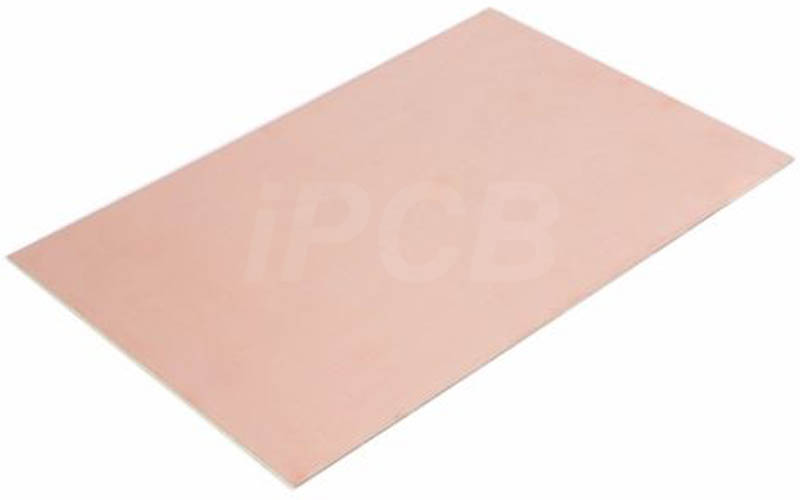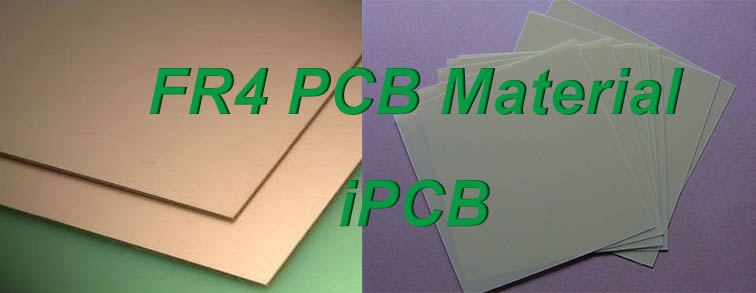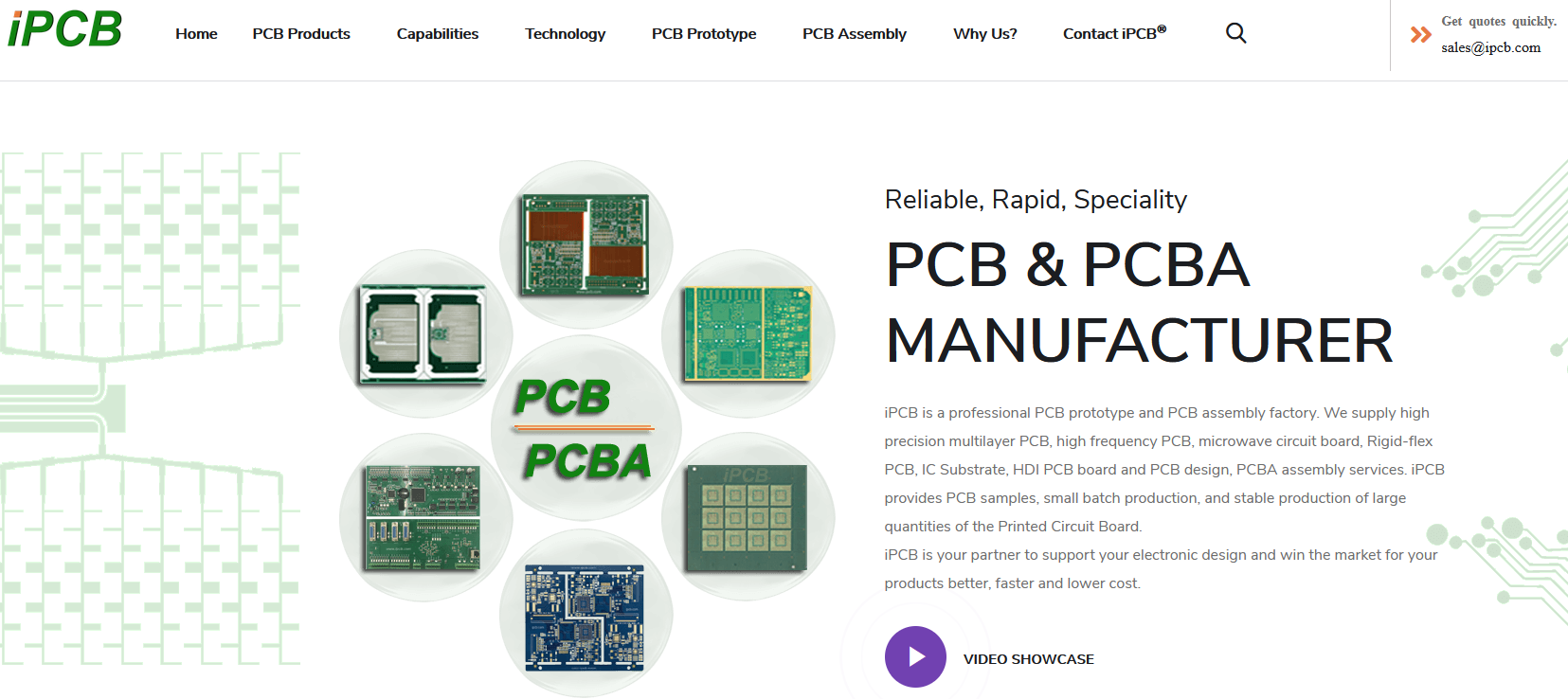Model: FR4 PCB Circuit Board
Material: FR-4
Layer: 2 Layer FR4 PCB
Color: Green/Black/Blue/White
Finished Thickness: 1.20mm
Copper Thickness: 1/1 OZ
Surface Treatment: Immersion Gold/HASL
Min Trace: 4mil, 0.1mm
Min Space: 4mil, 0.1mm
Application: Wifi module, Electrical apparatus
FR4 is a symbol for the grade of flame retardant material, which means a material specification in which the resin material must extinguish itself after burning. It is not a material name, but a material grade.
Currently, there are many types of FR-4 grade materials used in printed circuit boards, but most of them are composite materials made of so-called Tera-Function epoxy resin with Filler and glass fibers. So PCB manufacturers are used to referring to this PCB made of epoxy resin and glass fiber as FR4 PCB.
FR4 PCB material is an epoxy resin copper-clad glass cloth PCB board, which belongs to the whole glass fiber. It is generally used to produce double-sided circuit boards and multilayer circuit boards.
FR-4 PCB material is divided into the following levels.

FR4 PCB Material
1. FR-4 class A1 copper clad laminate
This level is mainly used in the military industry, communication, computer, digital circuit, industrial instrument, automobile circuits, and other electronic products. The quality of this series of products has fully reached the world-class level, the highest grade, and the best performance.
2. FR-4 A2 copper clad laminate
This level is mainly used for ordinary computers, instruments and meters, advanced household appliances, and general electronic products. This series of copper-clad laminates are widely used, and all performance indexes can meet the needs of general industrial electronic products. There is a good price
Performance ratio. Can enable customers to effectively improve price competitiveness.
3. FR-4 A3 copper clad laminate
This grade of copper-clad laminate is an FR-4 product specially developed and produced by the company for the home appliance industry, computer peripheral products, and ordinary electronic products (such as toys, calculators, game consoles, etc.). It is characterized by the extremely low price on the premise that the performance meets the requirements
Competitive advantage.
4. FR-4 A4 copper clad laminate
This grade of board belongs to the low-end material of FR-4 copper-clad laminate. However, the performance indicators can still meet the needs of ordinary household appliances, computers, and general electronic products. Its price is the most competitive, and the performance price ratio is also quite excellent.
5. FR-4 class B copper clad laminate
This grade of PCB board is relatively poor and has poor quality stability. It is not suitable for circuit board products with large areas. Generally, it is suitable for products with the size of 100mmx200mm. Its price is the cheapest, so we should pay attention to its selection and use.
FR4 printed circuit boards can be divided into the following categories according to their functions. single-sided circuit boards, double-sided circuit boards, multilayer circuit boards, impedance circuit boards, etc. the raw materials of circuit boards are divided into glass fiber FR4 plates, etc., which are produced in our daily life.
It can be seen from living sources. For example, the core of fireproof cloth and fireproof felt is glass fiber. Glass fiber is easy to be combined with resin. We immerse the glass fiber cloth with compact structure and high strength into the resin and harden it to obtain heat insulation and noninsulation
Flexible PCB substrate -- if the PCB board is broken, the edge is white and layered, which is enough to prove that the material is resin glass fiber.
FR4 PCB
(1) Appearance. FR4 PCB = substrate (insulation) + circuit.
(2) Function. the function of FR4 PCB is skeleton and connection. The ultimate goal is to connect all components according to the correct circuit diagram to form a complete working circuit.
(3) Composition and material. the commonly used substrate material is FR4 (glass fiber), and the fr PCB is composed of multiple layers (single panel, double-sided board, four-layer board, eight-layer board, 12 layers, 16 layers, and 24 layers PCB).
(4) A printed circuit is actually a circuit formed by printing a layer of conductive material on the surface of a non-conductive substrate according to the circuit composition. Finally, a non-conductive FR4 core is formed inside, and a layer of copper (standard) constituting the circuit is formed outside
The term is copper coating). In order to avoid copper oxidation or conductive with the outside, there is a layer of ink on the outside. When brushing the ink, the welding points should be exposed (there are generally two kinds of welding points. one is pin type and the other is patch type). The welding points are copper
But we usually do tinning for the convenience of welding.
The substrate of PCB is generally glass fiber. In most cases, the glass fiber substrate of PCB generally refers to "FR4". "FR4" this solid material gives PCB hardness and thickness. In addition to FR4, there is flexibility
Flexible circuit boards produced on high-temperature plastics (polyimide or similar), etc.
Cheap FR4 PCB and hole board (see the figure above) are made of materials such as epoxy resin or phenol. They lack the durability of FR4, but they are much cheaper. When you weld things on this board, you will smell a lot of peculiar smells. This type.
The substrate is often used in very low-end consumer goods. Phenols have low thermal decomposition temperature, and too long welding time will lead to their decomposition and carbonization, and emit an unpleasant smell.

FR4 PCB Material
Compared with the high-speed board, ordinary FR4 PCB has greater attenuation to sine wave signal, especially to high-frequency harmonics. Because digital signals are synthesized by sine waves of different frequencies. The attenuation of sine wave will lead to the need for transmission the edge degradation and amplitude reduction of the signal affect the bandwidth of the transmission line. Using a high-speed PCB can reduce the loss of transmission line per unit length. Therefore, when the line length is the same, the high-speed plate can make the transmission line bandwidth higher, greater signal margin. Similarly. under the same loss requirements, the use of a high-speed PCB can take longer routing, and the performance still meets the requirements.
FR4 multi-layer circuit board is generally used for high-end electronic products. Due to the constraints of product space design factors, in addition to surface wiring, multi-layer circuits can be superimposed internally. In the production process, after making each layer of circuits, they can be positioned and pressed through optical equipment to make multi-layer circuits superimposed in one circuit board. Commonly known as a multilayer circuit board. Any circuit board greater than or equal to 2 layers can be called a multilayer circuit board. Multilayer circuit boards can be divided into multilayer hard circuit boards, multilayer soft and hard circuit boards, and multilayer soft and hard combined circuit boards.
FR4 multilayer PCB is made by stacking two or more layers of circuits together, and they have reliable preset interconnection between them. Since drilling and electroplating have been completed before all layers are rolled together, this technology violates the traditional manufacturing process from the beginning. The innermost two layers are composed of traditional double-sided panels, while the outer layer is different. They are composed of independent single panels. Before rolling, the inner substrate will be drilled, through-hole plated, pattern transferred, developed, and etched. The drilled outer layer is a signal layer, which is plated through by forming a balanced copper ring on the inner edge of the through-hole. The layers are then rolled together to form a multi-substrate, which can be connected to each other (between components) by wave soldering.
The FR4 PCB material is a conventional material, which is often used by iPCB. It is very advantageous for this type of PCB.

Model: FR4 PCB Circuit Board
Material: FR-4
Layer: 2 Layer FR4 PCB
Color: Green/Black/Blue/White
Finished Thickness: 1.20mm
Copper Thickness: 1/1 OZ
Surface Treatment: Immersion Gold/HASL
Min Trace: 4mil, 0.1mm
Min Space: 4mil, 0.1mm
Application: Wifi module, Electrical apparatus
For PCB technical problems, iPCB knowledgeable support team is here to help you with every step. You can also request PCB quotation here. Please contact E-mail sales@ipcb.com
We will respond very quickly.